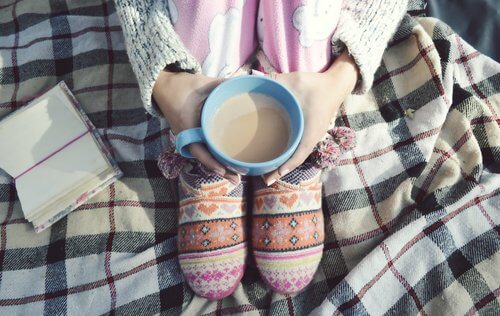How to Sleep when it’s Cold
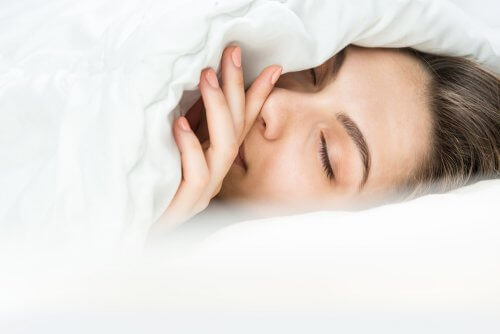
When it’s cold out in the winter, we start piling on the blankets in bed to help us sleep.
Many times, we err on the side of comfort and put on layers to sleep. But is this a good thing?
In this article, we want to share the healthiest ways for you to get some warm sleep when it’s cold outside.
Should you really pile on the blankets?
Being cool is better for sleep
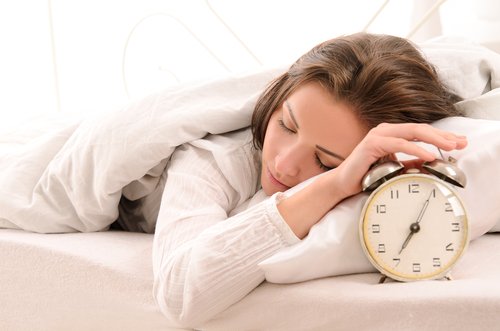
Some people may disagree with this. As you can imagine, there are some people who like to be cool when they sleep, while others definitely prefer to be warm.
However, you should know what’s best for your body.
When winter or fall starts, we start to put more and more blankets on our beds. We take our our warm pair of winter pajamas. We even wear warm socks at night.
Also Read: Four Winter Foods that Will Help You Lose Weight
More than anything, though, we think it’s time to turn on the heat.
However, is this a good thing?
The problem with heat and sleeping
The reality is that it isn’t. Sleeping in temperatures over 60º F isn’t good for your health (or the planet).
You should only heat your home slightly. This is especially true if you want to stay in good shape.
This way, your bodies can activate its thermo-regulation system. In other words, if you put on too many layers, your body may become lazy.
Also, when you sleep with so many blankets or layers, you have trouble moving freely. This makes your sleep less restful than it should be.
If you keep the ambient temperature between 60 ºF and 65 ºF, it helps your body wake up much easier. It’s also easier to stay active during the day.
On the other hand, if it’s too warm in your house, you become sleepy and lethargic.
Temperatures over 70 ºF get in the way of our body releasing melatonin. This hormone brings our body temperature down and balances our cortisol. Cortisol is related to anxiety, hunger, and depression.
What temperatures are good for sleeping?
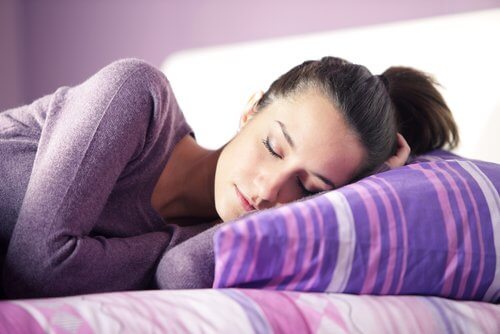
The cold is easier to control than the heat. This is especially true when we want to sleep.
When it’s warm, we start to sweat, get thirsty, and can’t stand touching our sheets. In winter, however, shivering because of the temperature or having cold feet is also a bad idea.
When the temperatures are above 79 ºF, our body starts to sweat to keep itself cool. It doesn’t matter if it’s because it’s the winter or because you turned on the heat.
At this temperature, your blood vessels dilate and increase circulation. You may even have trouble getting to sleep. This is because your brain is “occupied” with cooling yourself off.
On the other hand, if it’s below 54 ºF in your house, your brain will also be awake. This is because it is trying to raise your body temperature.
It’s likely that you’ll start to shiver and your pores will open up.
At cold temperatures like this, your blood vessels contract and blood won’t circulate in our hands and feet. This is because your body heat is concentrated around our vital organs.
Also Read: Exercises to Reactivate Blood Circulation
Advice for sleeping well during winter
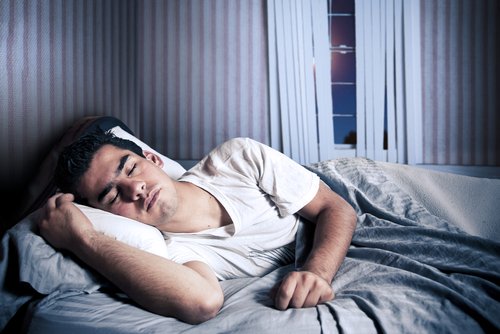
Take the ideal temperature of your house into account. Also, why it’s best not to turn the heat all the way up.
Keeping this in mind, there are some habits that you can put in practice to sleep better when it’s cold out.
Do light exercises
Before going to bed, even minutes before, you can do some light exercise to increase your body temperature.
For example, start by standing up. Then, with your legs slightly separated, lift your arms and put the palms of your hands together over your head. Inhale at the same time. Lower your arms and exhale. Repeat several times.
Take a hot bath
This is another joy of winter. An hour before going to bed, take a warm bath or shower. This relaxes your body and helps you maintain a high body temperature.
If you add bath salts or dry flowers, the effects may be even better.
Layer your clothes
You may feel cold right before going to bed. But, right after going to sleep, your body temperature rises.
If this happens, you can dress in clothes that allow you to take off layers and stay comfortable.
We don’t recommend clothes that are tight fitting, have buttons, closings or anything that can annoy you during the night.
The best pajamas are two pieces with some good socks and nothing else.
Adjust your heating
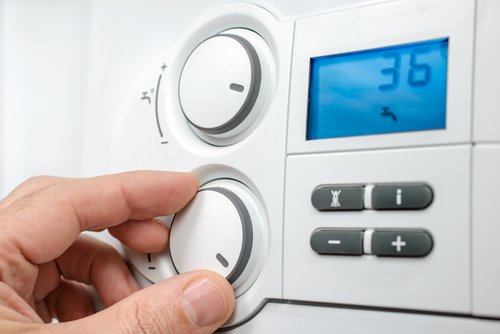
If you can, program the thermostat to turn off at a certain time. Also, you can turn on the heat an hour before going to sleep and turn it off right before going to bed.
Remember, the optimal temperature is around 65 ºF.
Avoid drafts
Air can get in under doors or around windows. If this happens, your house will start to freeze in the middle of the night. Make sure to put something in the way to stop the outside wind.
Doing this, you can keep your house at the right temperature and you won’t freeze.
Use layers of blankets when it’s cold
The same as with clothes, blankets and comforters should be layered from thinnest to thickest.
This way, you can go to bed warm and toasty. Then, as time goes on, you can take off some layers without losing body heat.
Sleep well!
All cited sources were thoroughly reviewed by our team to ensure their quality, reliability, currency, and validity. The bibliography of this article was considered reliable and of academic or scientific accuracy.
- Aritake-Okada, S., Tanabe, K., Mochizuki, Y., Ochiai, R., Hibi, M., Kozuma, K., Katsuragi, Y., Ganeko, M., Takeda, N. y Uchida, S. (2019). El ejercicio repetido diurno promueve la actividad de ondas lentas y el poder sigma rápido durante el sueño con aumento de la temperatura corporal: una prueba cruzada en humanos. Revista de fisiología aplicada, 127 (1), 168-177. https://doi.org/10.1152/japplphysiol.00765.2018
- Carrasco Galán, Lucía (2019). Reloj biológico y ritmo circadiano. Universidad de Sevilla. Departamento de Fisiología. https://hdl.handle.net/11441/92127
- Gala, A. M., & del Valle, M. F. (2013). Aprender a dormir. Pediatría Atención Primaria, 15(60), e145-e155.
- Lan, L., Tsuzuki, K., Liu, YF y Lian, ZW (2017). Entorno térmico y calidad del sueño: una revisión. Energy and Buildings, 149, 101-113. https://doi.org/10.1016/j.enbuild.2017.05.043
- López, M. F. (2018). Cómo dormir mejor: Guía práctica para mal dormidos. EDICIONES B.
- Manrique, J. J. (2011). Higiene del sueño. Higiene, 39(3).
- Markwald, R. R., Lee-Chiong, T. L., Burke, T. M., Snider, J. A., & Wright, K. P., Jr. (2010). Effects of the Melatonin MT-1/MT-2 Agonist Ramelteon on Daytime Body Temperature and Sleep. Sleep, 33(6), 825–831. https://doi.org/10.1093/sleep/33.6.825
- National Sleep Foundation. La temperatura ideal para dormir. Consultado en línea en: https://www.sleep.org/temperature-for-sleep/#:~:text=In%20general%2C%20the%20suggested%20bedroom,can%20actually%20help%20facilitate%20this.
This text is provided for informational purposes only and does not replace consultation with a professional. If in doubt, consult your specialist.

